Snipe Tips for Jibing Without Damaging the Jib
By Gonzalo "Old Man" Diaz (Photo courtesy of Fred Elliott) • When the pole is retrieved without pulling on the jib sheet (or you can call "guy") and the pole goes back so fast that the entire jib is left loose in the front of the boat and flies over the forestay to the opposite side where it was set. In that situation if you pull the jib back on the good side of the boat, you rub the jib on the forestay and that is very bad! (the jib halyard being loose make things still worse). In ocassions that this happens and you can, jibe back to save the jib. You can also launch the pole all the way out to catch the jib and then pull it out with the jib sheet. ...
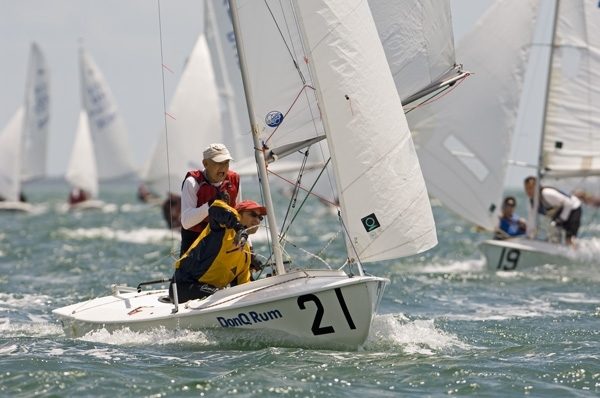

By Gonzalo “Old Man” Diaz
(Photo courtesy of Fred Elliott)
• When the pole is retrieved without pulling on the jib sheet (or you can call “guy”) and the pole goes back so fast that the entire jib is left loose in the front of the boat and flies over the forestay to the opposite side where it was set. In that situation if you pull the jib back on the good side of the boat, you rub the jib on the forestay and that is very bad! (the jib halyard being loose make things still worse). In ocassions that this happens and you can, jibe back to save the jib. You can also launch the pole all the way out to catch the jib and then pull it out with the jib sheet.
…
The way to avoid this accident is to pull the jib sheet at the same time that you retrieve the pole for the jibe and not letting the pole come in too fast (I call it banging-in because of the noise it makes). A little bit of resistance at the beginning of the pole retrieving procedure will insure that the clew of the jib comes back with the pole. I have tried to train the crew to do the release of the pole and pulling on the jib sheet at the same time but I found that is very difficult for the crew. So, the best way is to train the crew to retrieve the pole without letting it fly-in (bang-in) and the skipper can uncleat the jib sheet and pull it at the same time that the pole is retrieved.
• The other is when launching the pole again, as the crew starts pulling the pole out, the skipper has to catch the jib sheet and start putting pressure so that the jib does not go against the forestay. If you keep certain pressure on the jib sheet but allow the pole to go out then the jib gets full of air and pulls out and away from the forestay. It is a synchronized operation that needs a lot of practice and becomes critical in heavy air. The crew, in heavy air, will complain that it is hard to launch the pole with the skipper pulling the jib sheet, but that is the way it has to be. You have to keep certain pressure on the jib sheet until you see the jib full of air and away from the forestay, then you can release on the jib sheet and allow the crew to complete the procedure.
• Another very bad situation is when you approach the leeward mark on port tack and you have to round the mark leaving it on port and the jib flies over the other side in front of the forestay and being in a hurry, you have to pull it back to the proper side and that really rubs the jib over the forestay. Very bad!
This accident has to be avoided by again, making sure that the jib clew comes back in with the pole by, again, carefullly retrieving the pole, not letting it “bang in” and the skipper pulling the jib sheet at the same time. Whatever you have to do to achieve that! One way to avoid this accident is to follow a procedure when you come to round a leeward mark. I am attaching that procedure for you to study and let me know if you like it. I have laminated it and taped to the deck for the crew to read. You have to judge the start of the procedure by the distance to the mark and how fast you are approaching it. I think it works!
Leave a reply
Your email address will not be published. Your comment will be revised by the site if needed.

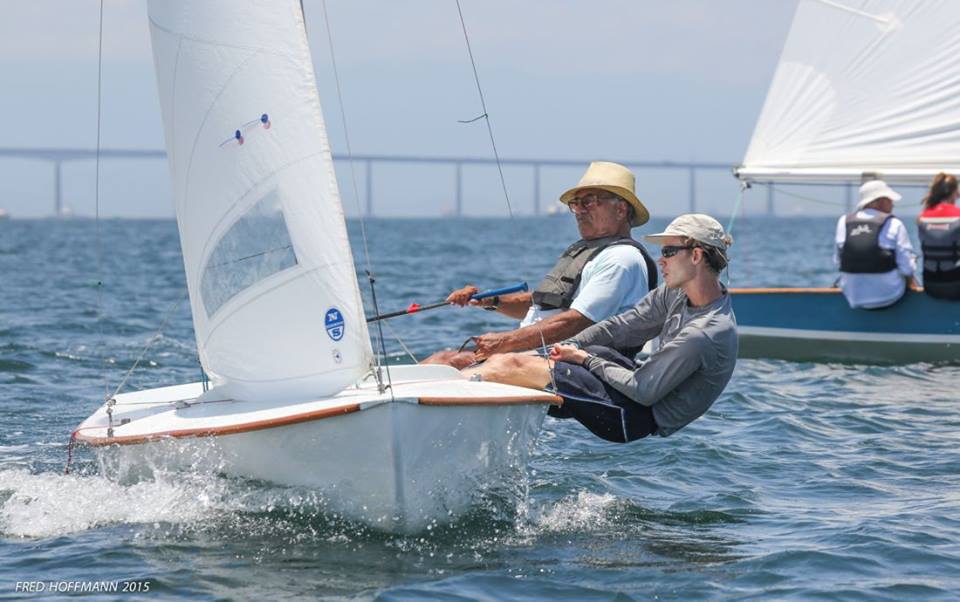
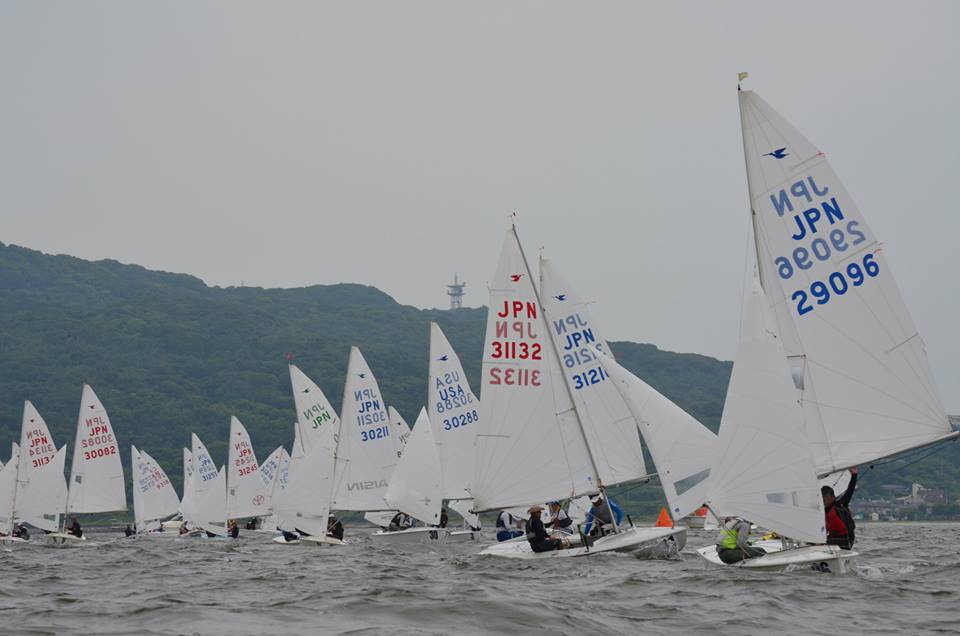
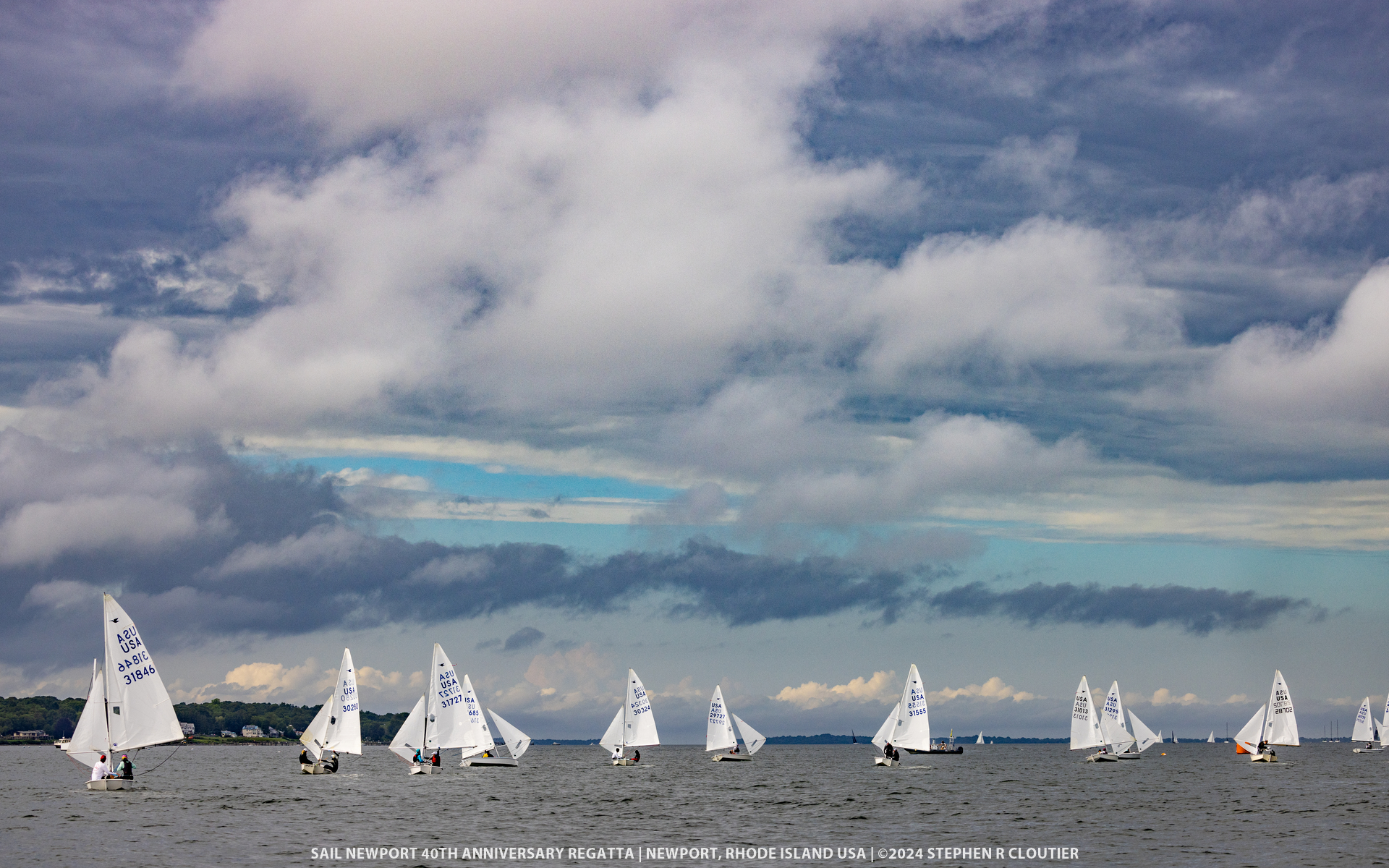
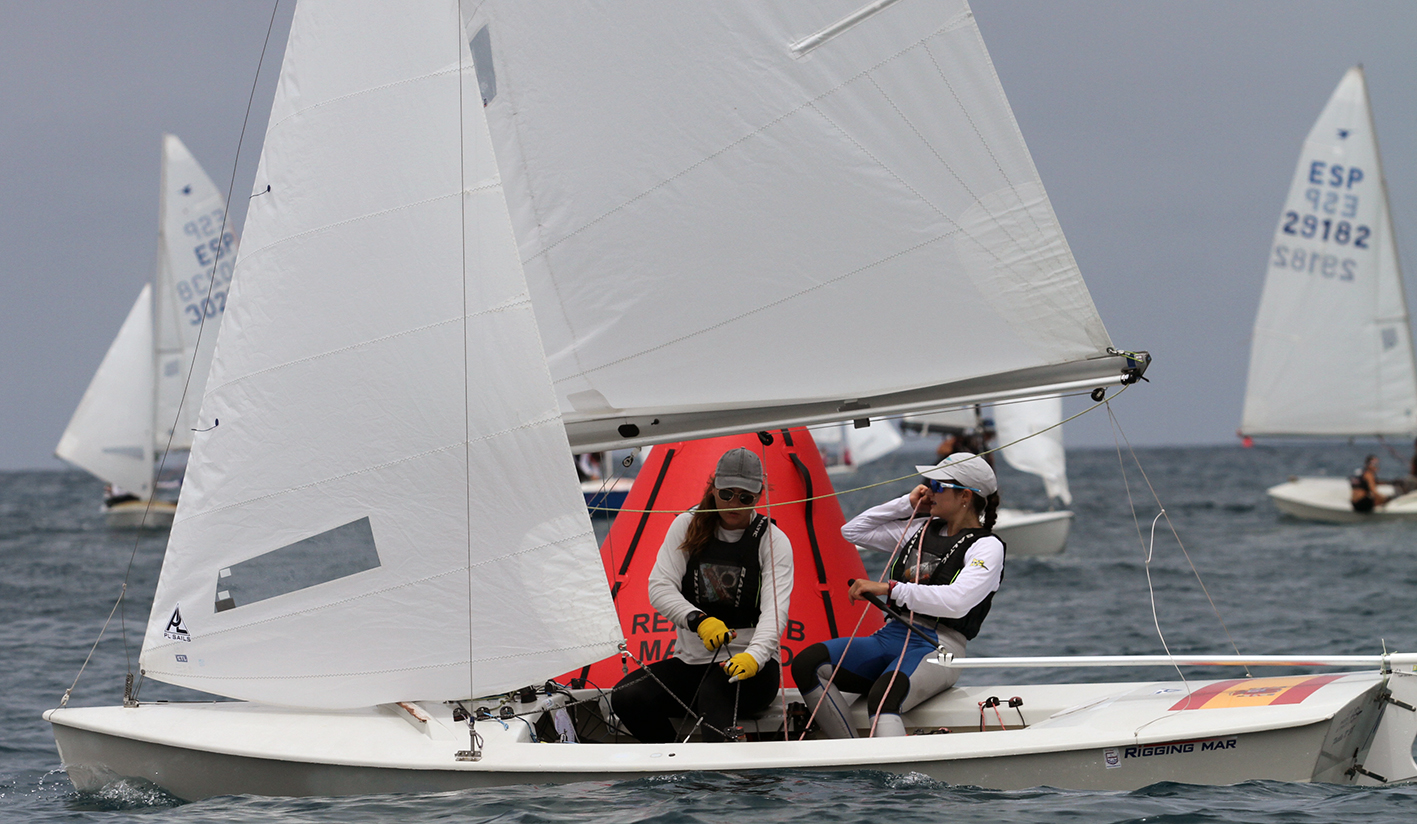
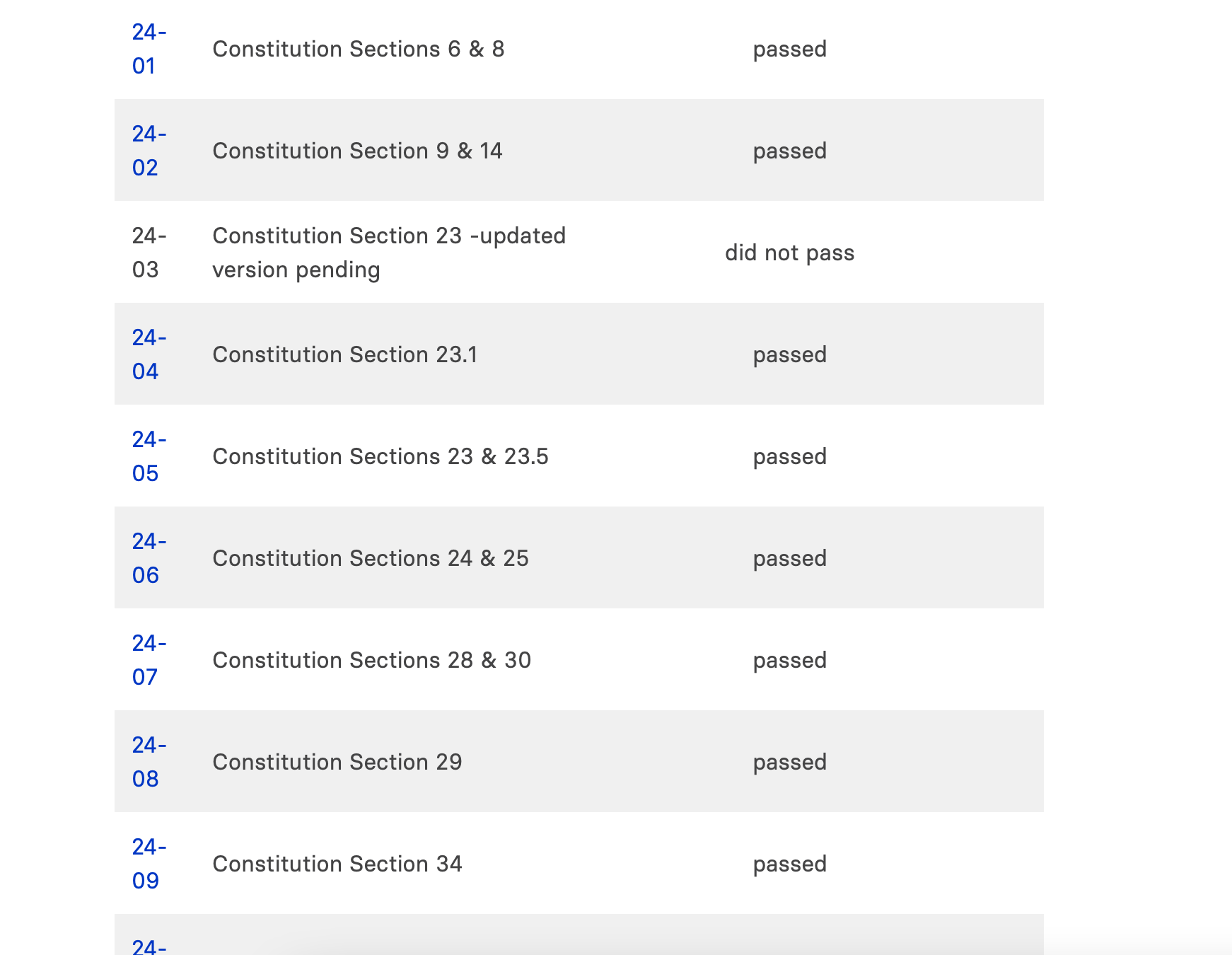

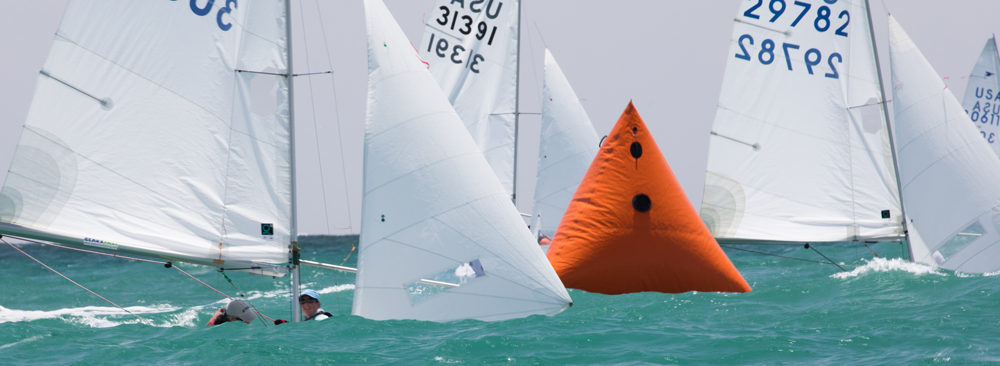
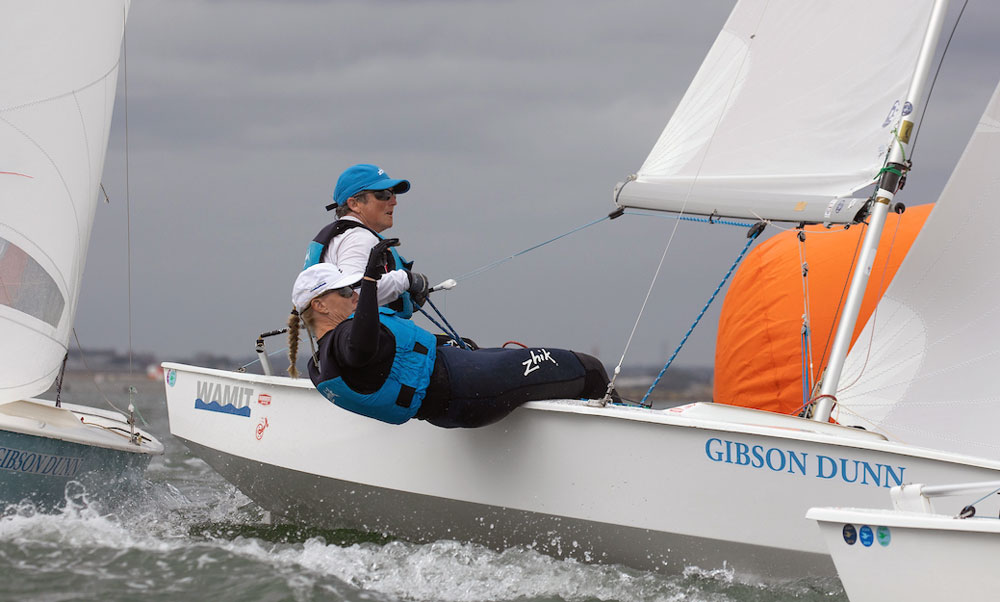
0 comments